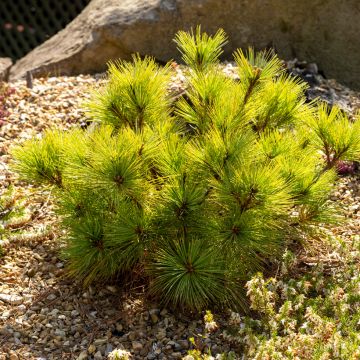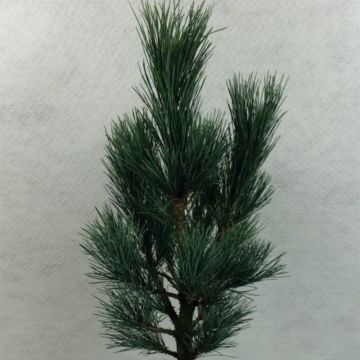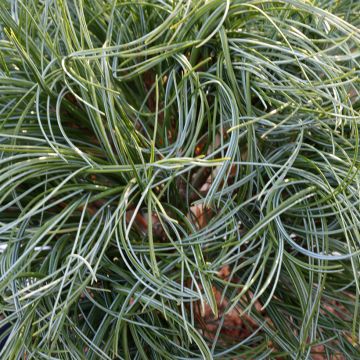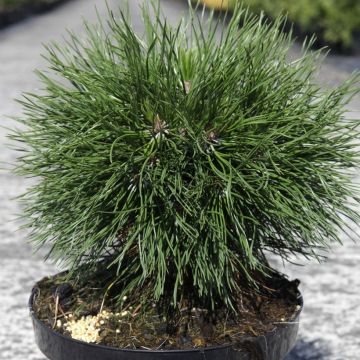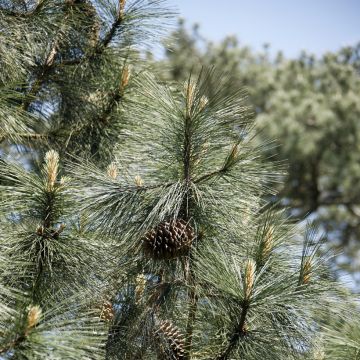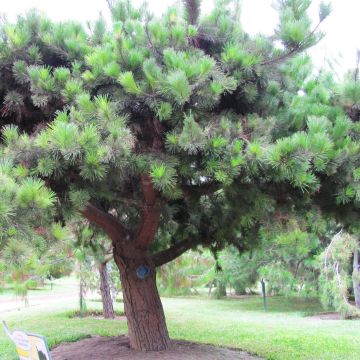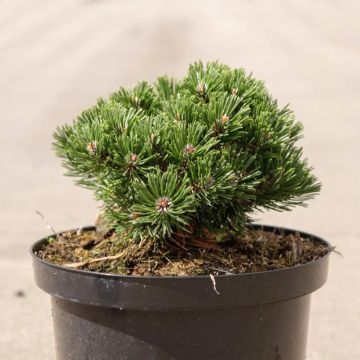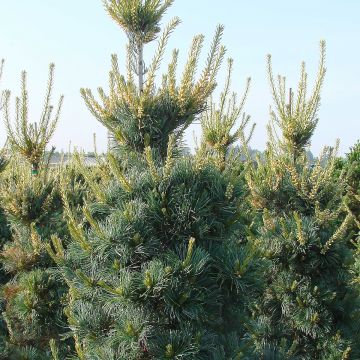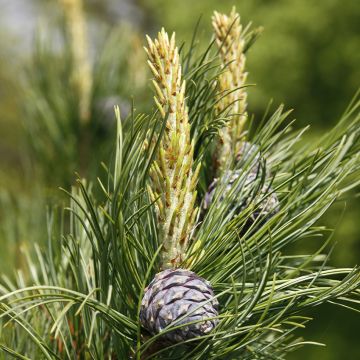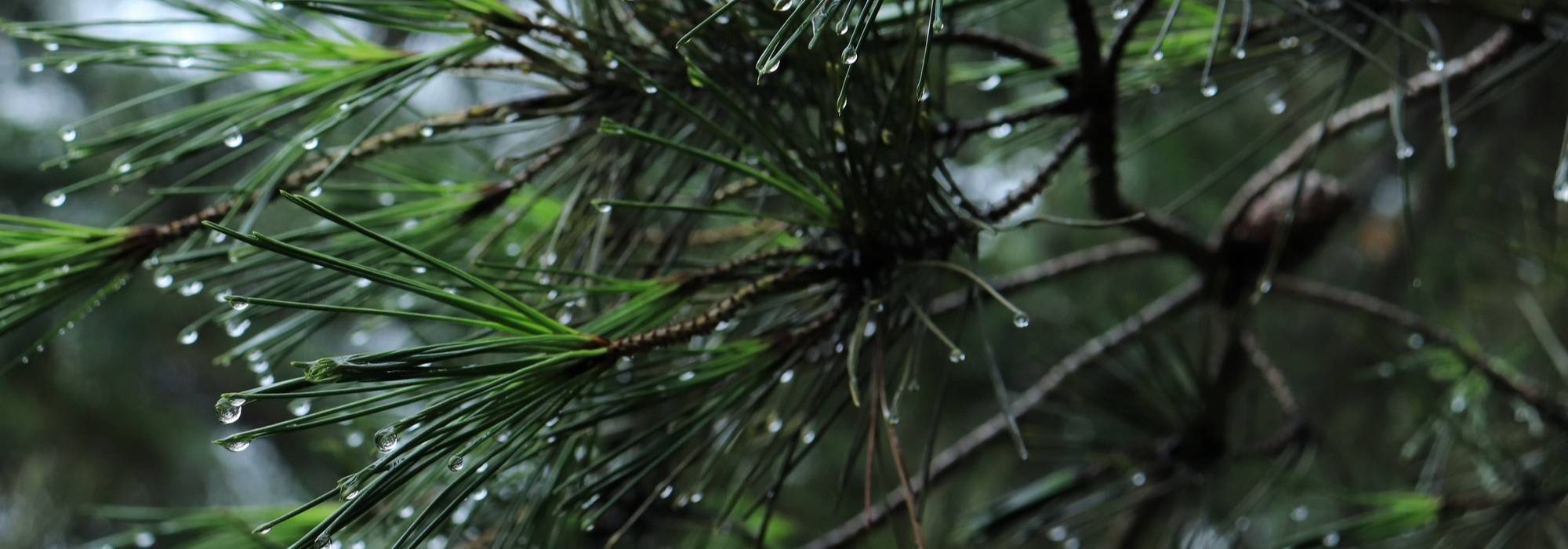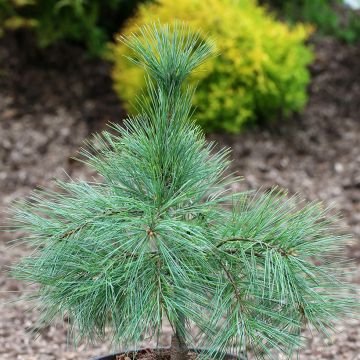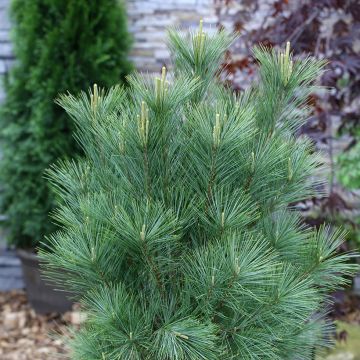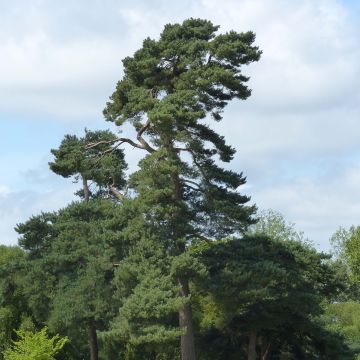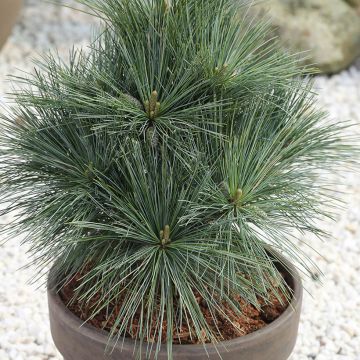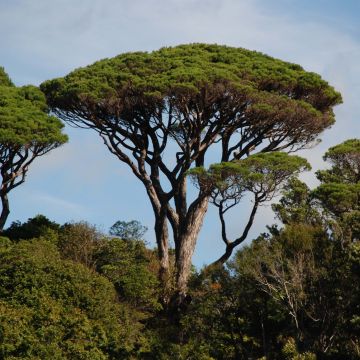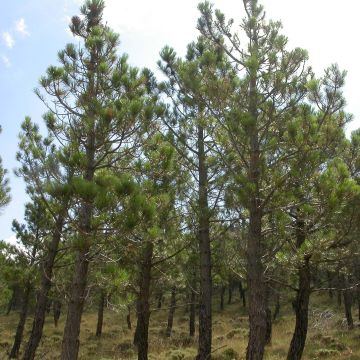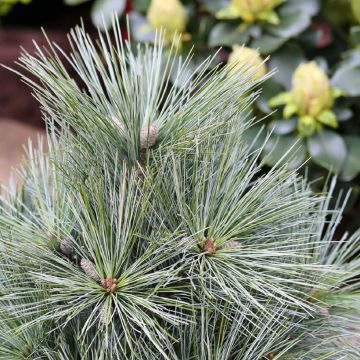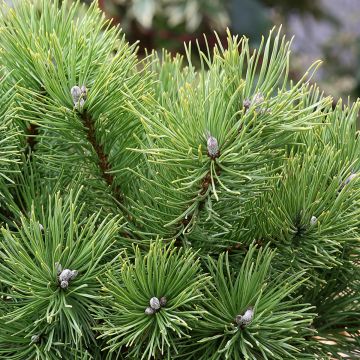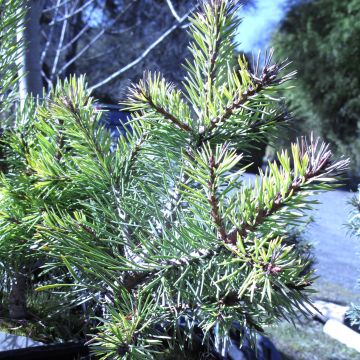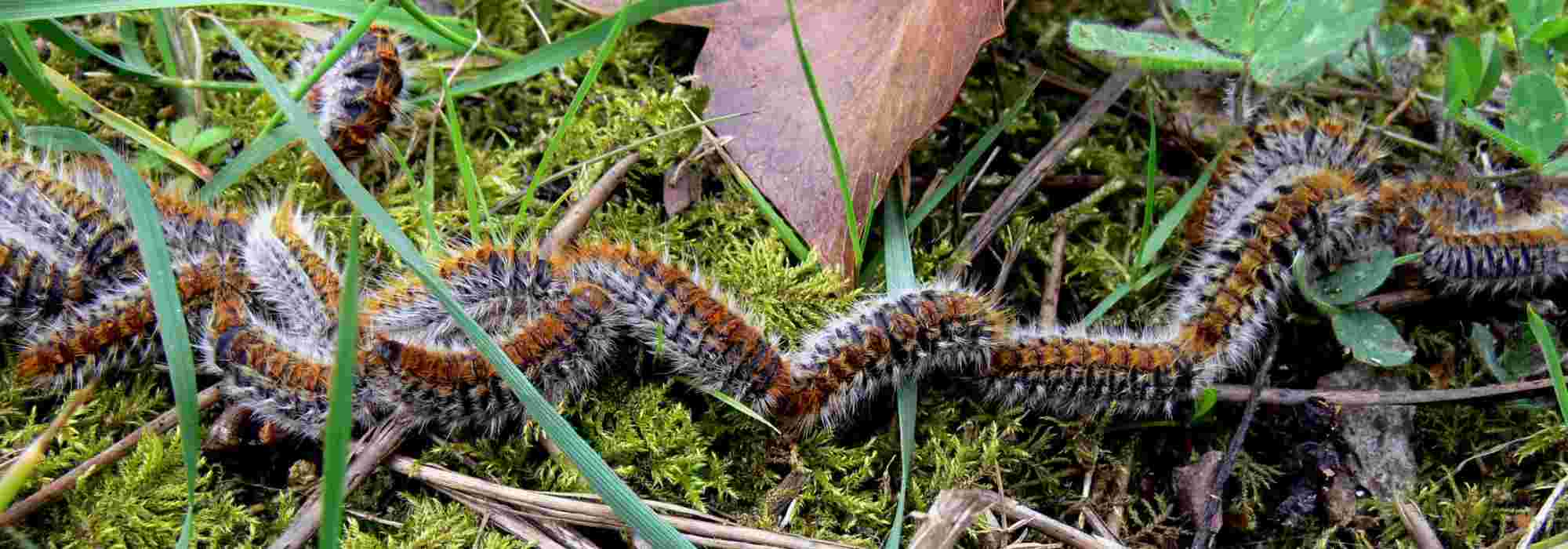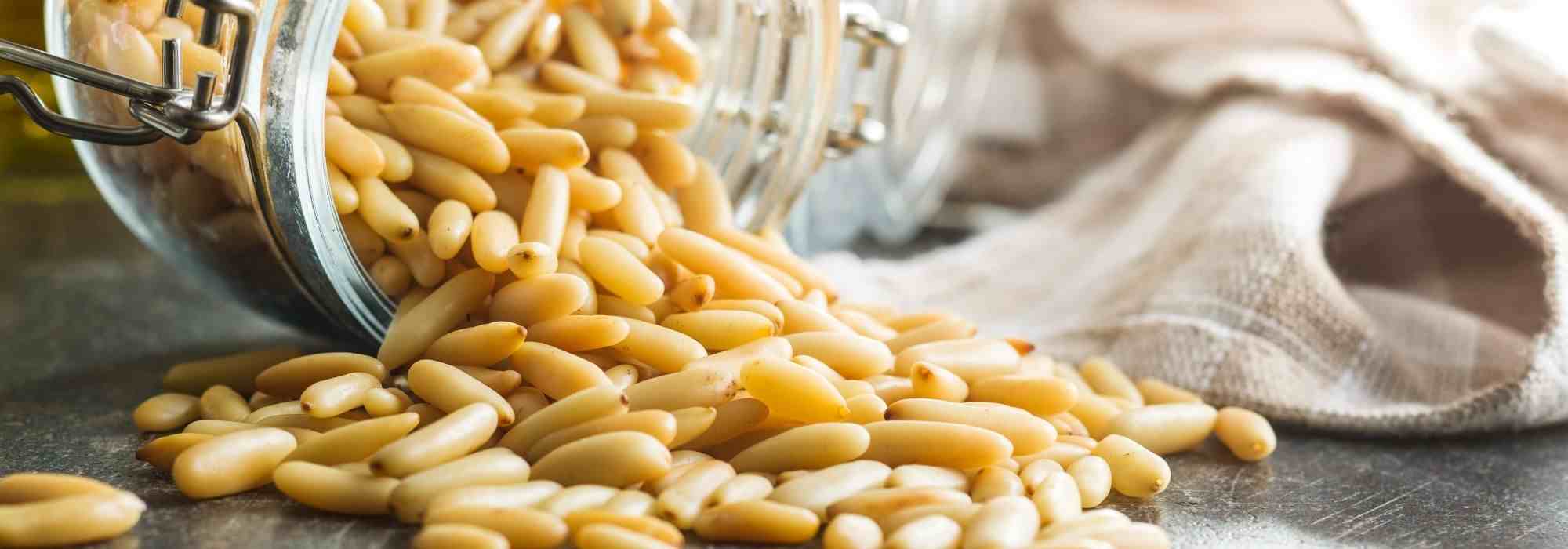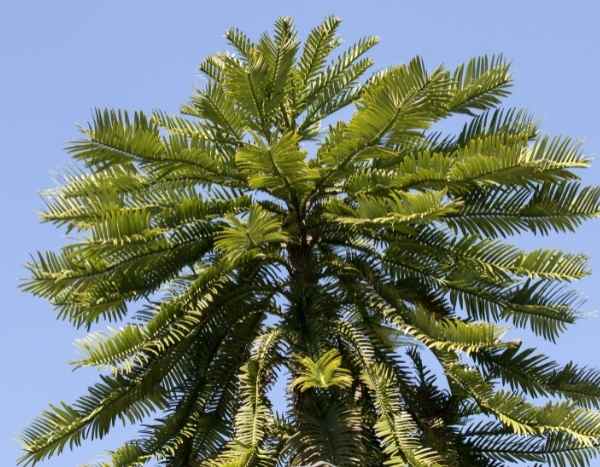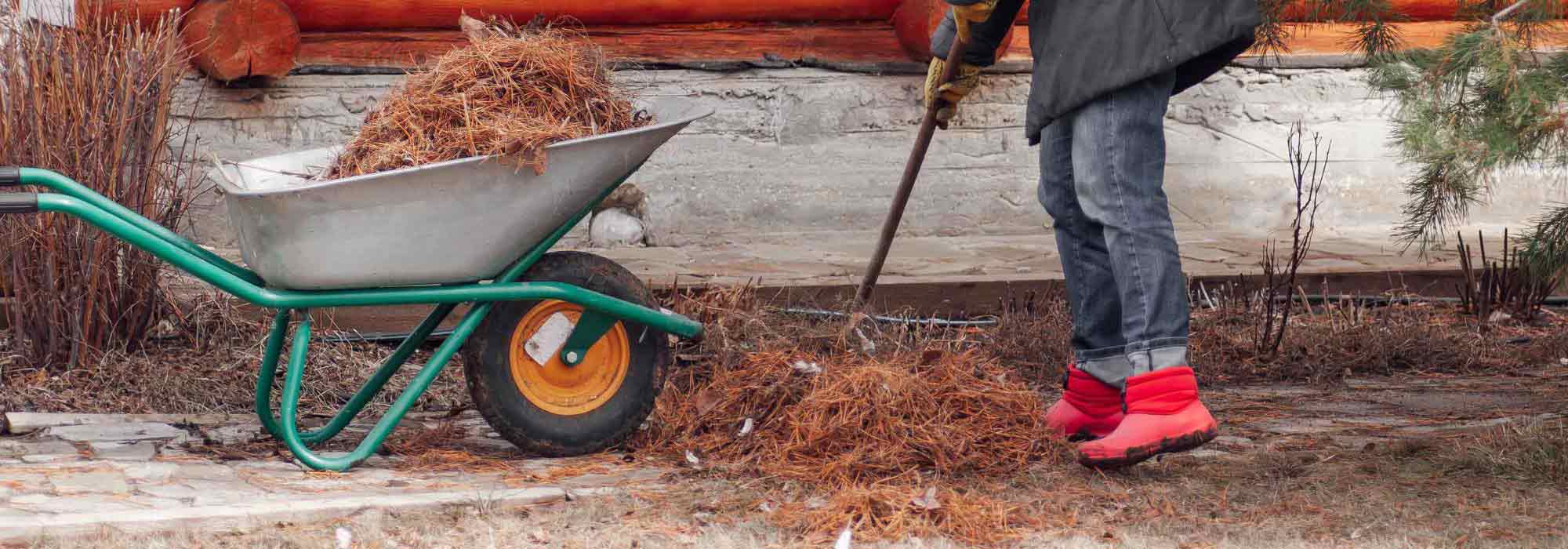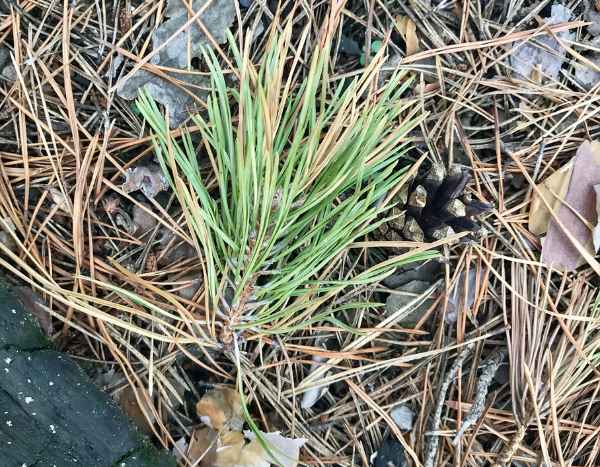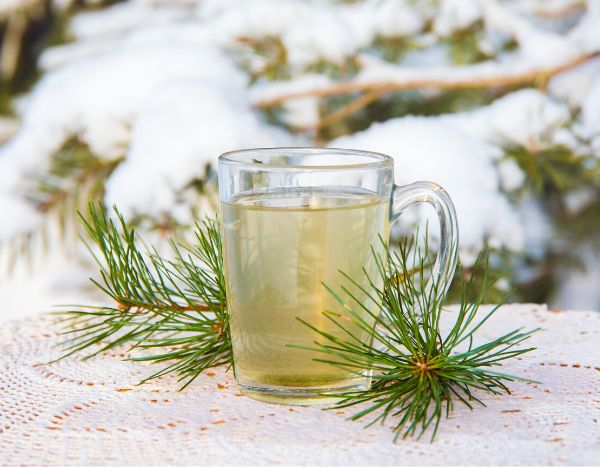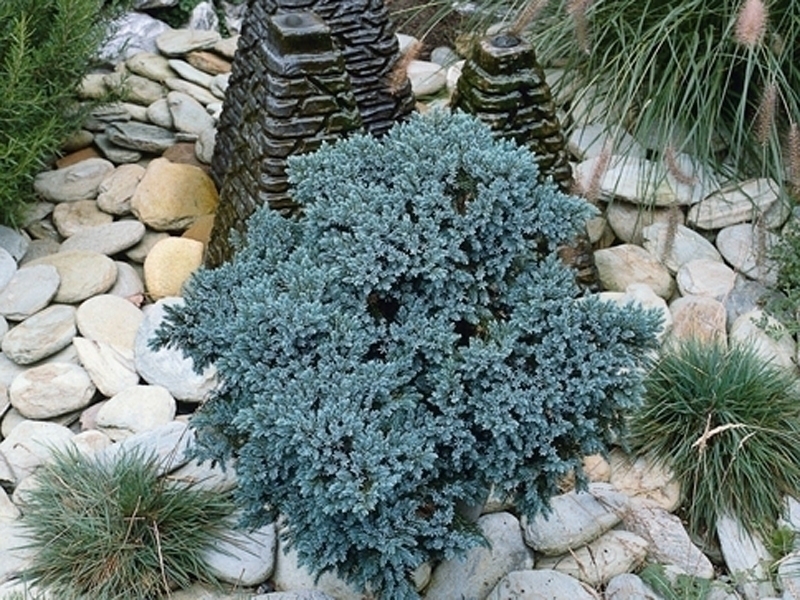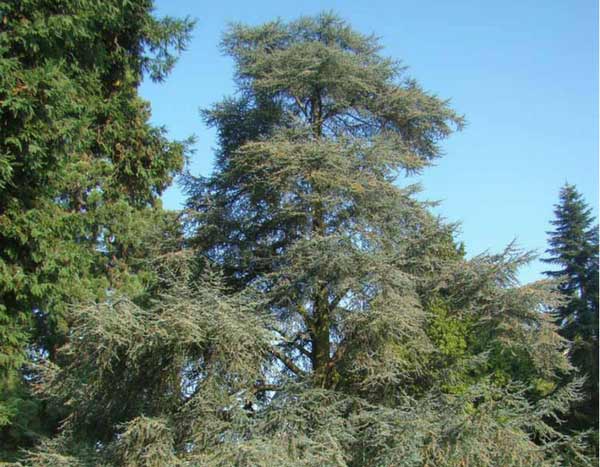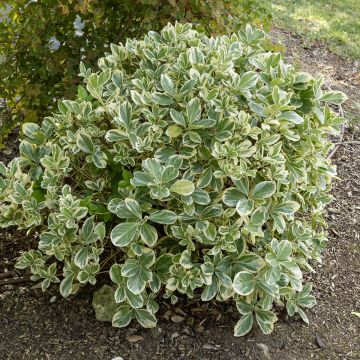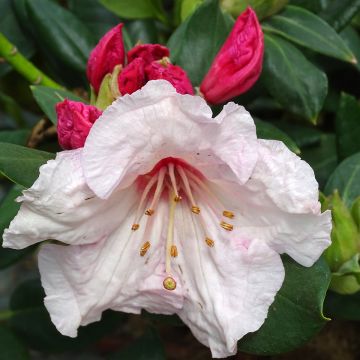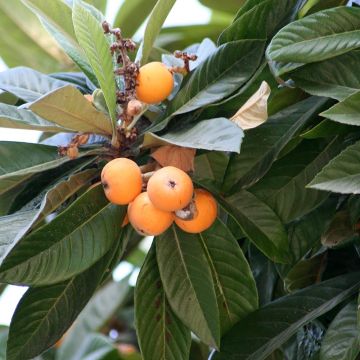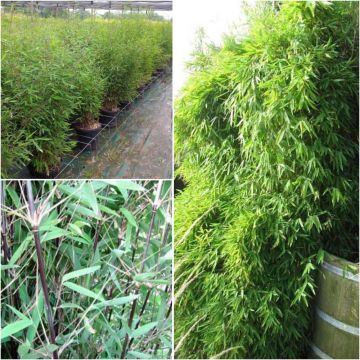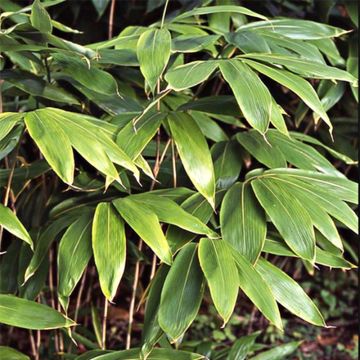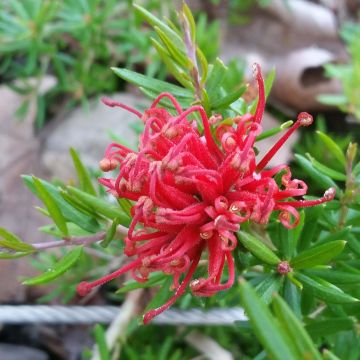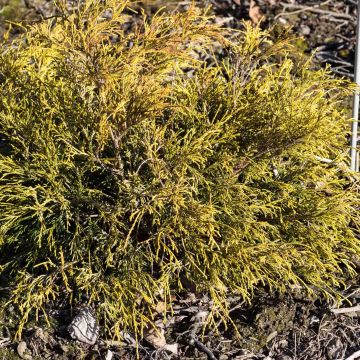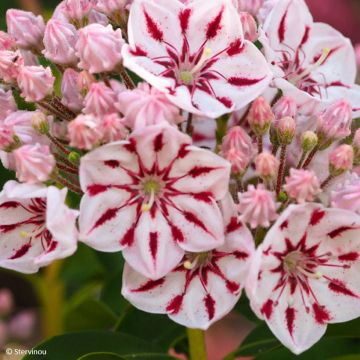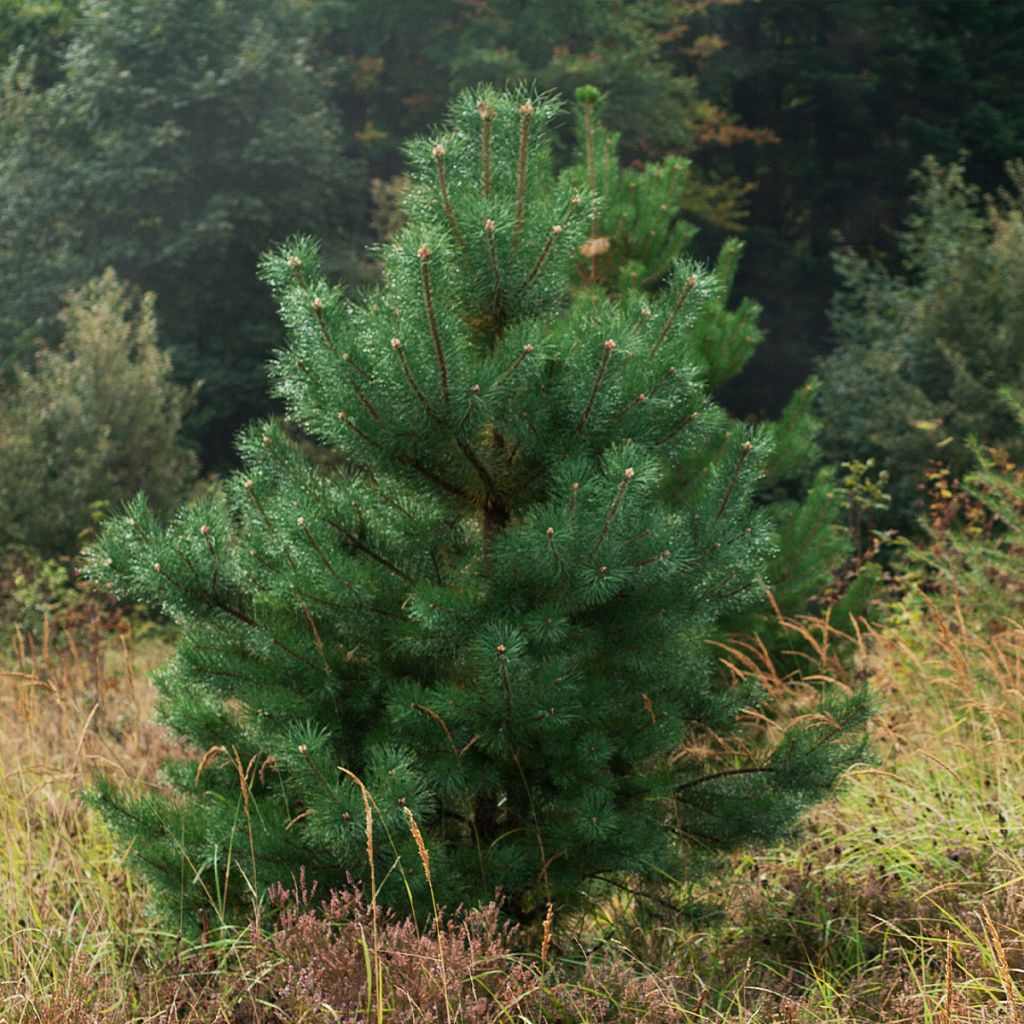

Pinus sylvestris Norska - Scots Pine
Pinus sylvestris Norska - Scots Pine
Pinus sylvestris Norska
Scots Pine
Special offer!
Receive a €20 voucher for any order over €90 (excluding delivery costs, credit notes, and plastic-free options)!
1- Add your favorite plants to your cart.
2- Once you have reached €90, confirm your order (you can even choose the delivery date!).
3- As soon as your order is shipped, you will receive an email containing your voucher code, valid for 3 months (90 days).
Your voucher is unique and can only be used once, for any order with a minimum value of €20, excluding delivery costs.
Can be combined with other current offers, non-divisible and non-refundable.
Why not try an alternative variety in stock?
View all →This plant carries a 24 months recovery warranty
More information
We guarantee the quality of our plants for a full growing cycle, and will replace at our expense any plant that fails to recover under normal climatic and planting conditions.
Does this plant fit my garden?
Set up your Plantfit profile →
Description
The Pinus sylvestris Norska is a variety of Scots Pine more suitable for medium-sized gardens than the species. It generally does not exceed 12m (39 ft 5 in) in height and its growth is slower. In addition, this conifer tolerates pruning well and can be shaped as desired. Its bluish-green foliage is decorative and contrasts well with branches with orange bark. This variety has retained the robustness of the species, it is very hardy, adaptable to different (non-calcareous) soils, and not sensitive to pollution. A beautiful conifer to plant in full sun, even in a city garden.
The Pinus sylvestris is a conifer of the Pineaceae family widely distributed throughout northern Europe and Asia Minor. Its range is exceptionally vast, from the south of the Iberian Peninsula to the Scottish Highlands, to Manchuria, the Turkish mountains, and extreme northern Siberia. This testifies to its extreme adaptability to many growing conditions. It is a common species in French mountains, particularly in dry montane areas. It is a light-loving species, adapted to drought and extreme cold, tolerant of poor soils but susceptible to limestone. This tree reaches 30-40m (98 ft 5 in-131 ft 2 in) in height in its natural habitat and generally has a rounded crown on a tall, straight trunk. However, depending on its habitat, this pine takes on a wide variety of forms. Its lifespan is around 200 years.
This Norwegian selection "Norska" stands out for its smaller size, making it suitable for planting in typical gardens, while the typical Scots Pine is more suited to large open spaces and parks. 'Norska' has a rather slow growth, reaching about 10 to 12m (32 ft 10 in to 39 ft 5 in) in height and 4 to 5m (13 ft 1 in to 16 ft 5 in) in width at maturity. This variety naturally takes on a conical shape, with lower branches tending to disappear with age due to lack of sufficient light. The conical crown is very dense and the bluish-green foliage is rather decorative. The needles, grouped in pairs, are relatively short (about 5cm (2 in)) and slightly curved. The yellow spring flowering is quite discreet, while the pendant brown cones are isolated or grouped in clusters. The bark of the branches is very attractive with its beautiful orange colour, which darkens with age, becoming grayish brown and peeling off in strips.
With its slightly wild appearance, this Pinus sylvestris Norska will be perfect in a natural garden, where it can be planted alongside an Amelanchier canadensis to create an attractive scene all year round, combining spring white flowering, decorative fruits, autumn colouration, and evergreen foliage. Birches will also be good companions in the same spirit, as well as the beautiful Kashmir Rowan, with its light foliage and white winter berries that will brighten up the evergreen foliage of our 'Norska' Pine.
Plant habit
Foliage
Botanical data
Pinus
sylvestris
Norska
Pinaceae
Scots Pine
Cultivar or hybrid
Other Pinus - Pine
View all →Planting and care
The Pinus sylvestris 'Norska' is planted from September to November and from February to April in light soil, especially well-drained, acidic or close to neutrality, even poor and dry in summer. It prefers loose and light, sandy or loamy, non-limestone soils. Choose a sunny and well-cleared location. Soak the root balls well before planting. Add organic amendment at planting and water generously for the first three years, and in case of prolonged drought. In very poor soil, you can apply a special conifer fertilizer every 2 years in April. Hoe the soil in summer. This very hardy conifer (up to -34°C (-29.2 °F) at least) dreads waterlogged, heavy and compact soils, and overly alkaline soils. Pruning is not necessary, but this variety tolerates it well. Training pruning is done during the vegetative dormant period, usually in summer.
If you want to shape it into a cloud, start early by selecting the branches to keep to form more or less flattened tufts at their ends. Then proceed with pruning shears in June, thinning each "cloud" to encourage it to grow wider rather than taller.
This pine is sensitive to pine processionary caterpillars, rot in overly wet soils, woolly aphids, and rust.
Planting period
Intended location
Care
Planting & care advice
This item has not been reviewed yet - be the first to leave a review about it.
Similar products
Haven't found what you were looking for?
Hardiness is the lowest winter temperature a plant can endure without suffering serious damage or even dying. However, hardiness is affected by location (a sheltered area, such as a patio), protection (winter cover) and soil type (hardiness is improved by well-drained soil).

Photo Sharing Terms & Conditions
In order to encourage gardeners to interact and share their experiences, Promesse de fleurs offers various media enabling content to be uploaded onto its Site - in particular via the ‘Photo sharing’ module.
The User agrees to refrain from:
- Posting any content that is illegal, prejudicial, insulting, racist, inciteful to hatred, revisionist, contrary to public decency, that infringes on privacy or on the privacy rights of third parties, in particular the publicity rights of persons and goods, intellectual property rights, or the right to privacy.
- Submitting content on behalf of a third party;
- Impersonate the identity of a third party and/or publish any personal information about a third party;
In general, the User undertakes to refrain from any unethical behaviour.
All Content (in particular text, comments, files, images, photos, videos, creative works, etc.), which may be subject to property or intellectual property rights, image or other private rights, shall remain the property of the User, subject to the limited rights granted by the terms of the licence granted by Promesse de fleurs as stated below. Users are at liberty to publish or not to publish such Content on the Site, notably via the ‘Photo Sharing’ facility, and accept that this Content shall be made public and freely accessible, notably on the Internet.
Users further acknowledge, undertake to have ,and guarantee that they hold all necessary rights and permissions to publish such material on the Site, in particular with regard to the legislation in force pertaining to any privacy, property, intellectual property, image, or contractual rights, or rights of any other nature. By publishing such Content on the Site, Users acknowledge accepting full liability as publishers of the Content within the meaning of the law, and grant Promesse de fleurs, free of charge, an inclusive, worldwide licence for the said Content for the entire duration of its publication, including all reproduction, representation, up/downloading, displaying, performing, transmission, and storage rights.
Users also grant permission for their name to be linked to the Content and accept that this link may not always be made available.
By engaging in posting material, Users consent to their Content becoming automatically accessible on the Internet, in particular on other sites and/or blogs and/or web pages of the Promesse de fleurs site, including in particular social pages and the Promesse de fleurs catalogue.
Users may secure the removal of entrusted content free of charge by issuing a simple request via our contact form.
The flowering period indicated on our website applies to countries and regions located in USDA zone 8 (France, the United Kingdom, Ireland, the Netherlands, etc.)
It will vary according to where you live:
- In zones 9 to 10 (Italy, Spain, Greece, etc.), flowering will occur about 2 to 4 weeks earlier.
- In zones 6 to 7 (Germany, Poland, Slovenia, and lower mountainous regions), flowering will be delayed by 2 to 3 weeks.
- In zone 5 (Central Europe, Scandinavia), blooming will be delayed by 3 to 5 weeks.
In temperate climates, pruning of spring-flowering shrubs (forsythia, spireas, etc.) should be done just after flowering.
Pruning of summer-flowering shrubs (Indian Lilac, Perovskia, etc.) can be done in winter or spring.
In cold regions as well as with frost-sensitive plants, avoid pruning too early when severe frosts may still occur.
The planting period indicated on our website applies to countries and regions located in USDA zone 8 (France, United Kingdom, Ireland, Netherlands).
It will vary according to where you live:
- In Mediterranean zones (Marseille, Madrid, Milan, etc.), autumn and winter are the best planting periods.
- In continental zones (Strasbourg, Munich, Vienna, etc.), delay planting by 2 to 3 weeks in spring and bring it forward by 2 to 4 weeks in autumn.
- In mountainous regions (the Alps, Pyrenees, Carpathians, etc.), it is best to plant in late spring (May-June) or late summer (August-September).
The harvesting period indicated on our website applies to countries and regions in USDA zone 8 (France, England, Ireland, the Netherlands).
In colder areas (Scandinavia, Poland, Austria...) fruit and vegetable harvests are likely to be delayed by 3-4 weeks.
In warmer areas (Italy, Spain, Greece, etc.), harvesting will probably take place earlier, depending on weather conditions.
The sowing periods indicated on our website apply to countries and regions within USDA Zone 8 (France, UK, Ireland, Netherlands).
In colder areas (Scandinavia, Poland, Austria...), delay any outdoor sowing by 3-4 weeks, or sow under glass.
In warmer climes (Italy, Spain, Greece, etc.), bring outdoor sowing forward by a few weeks.






























